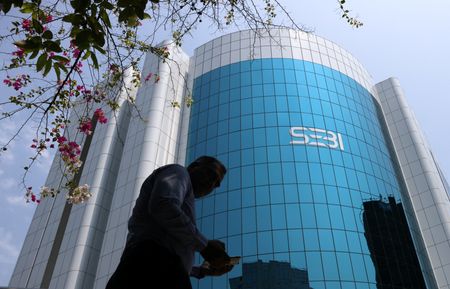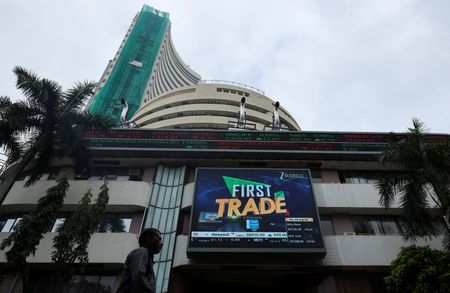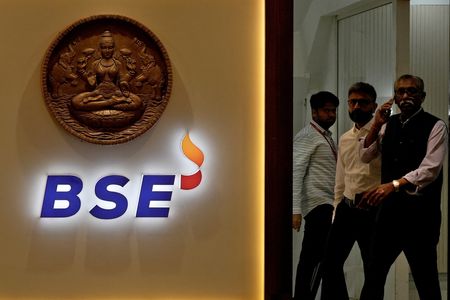By Ashwin Manikandan
MUMBAI (Reuters) – The Indian rupee closed unchanged on Wednesday as tariff-related uncertainties continued to dominate the Asian currency’s price action following mixed signals from U.S. President Donald Trump regarding recent bilateral trade tensions.
The rupee ended little changed on Wednesday to 88.1000 against Tuesday’s close of 88.1025.
The local currency’s recent movement has largely been dictated by the ongoing trade tensions between India and the United States, traders said. The U.S. has already imposed punitive tariffs on Indian goods of up to 50% – among the steepest levies on any American trading partner.
Late on Tuesday, Trump said on Truth Social that Washington and New Delhi are continuing negotiations to address trade barriers, expressing confidence in a successful outcome.
However, he also pushed the European Union to impose tariffs of up to 100% on India over its purchases of Russian oil, a move that could prove to be a drag on the rupee, which has been among the worst-performing Asian currencies this year.
Apart from the punitive U.S. tariffs on Indian goods, sustained dollar outflows by foreign investors have also weighed on the rupee.
After reaching an all-time high of 88.36 on Friday, the rupee is expected to trade in a near-term range of 87.50–88.40, said Amit Pabari, managing director at CR Forex.
“Softer U.S. jobs data and expectations of Fed rate cuts provide support, though existing tariffs may cap any sustained recovery,” Pabari added.
Weak U.S. jobs growth in August has heightened expectations that the Federal Reserve will cut rates by at least 25 basis points next week, offering some respite to the Indian currency, traders and analysts said.
Meanwhile, most Asian currencies traded lower on Wednesday, with the Malaysian ringgit leading the losses. The dollar index was down 0.06% at 97.747 as of 1537 IST.
(Reporting by Ashwin Manikandan; Editing by Janane Venkatraman)











